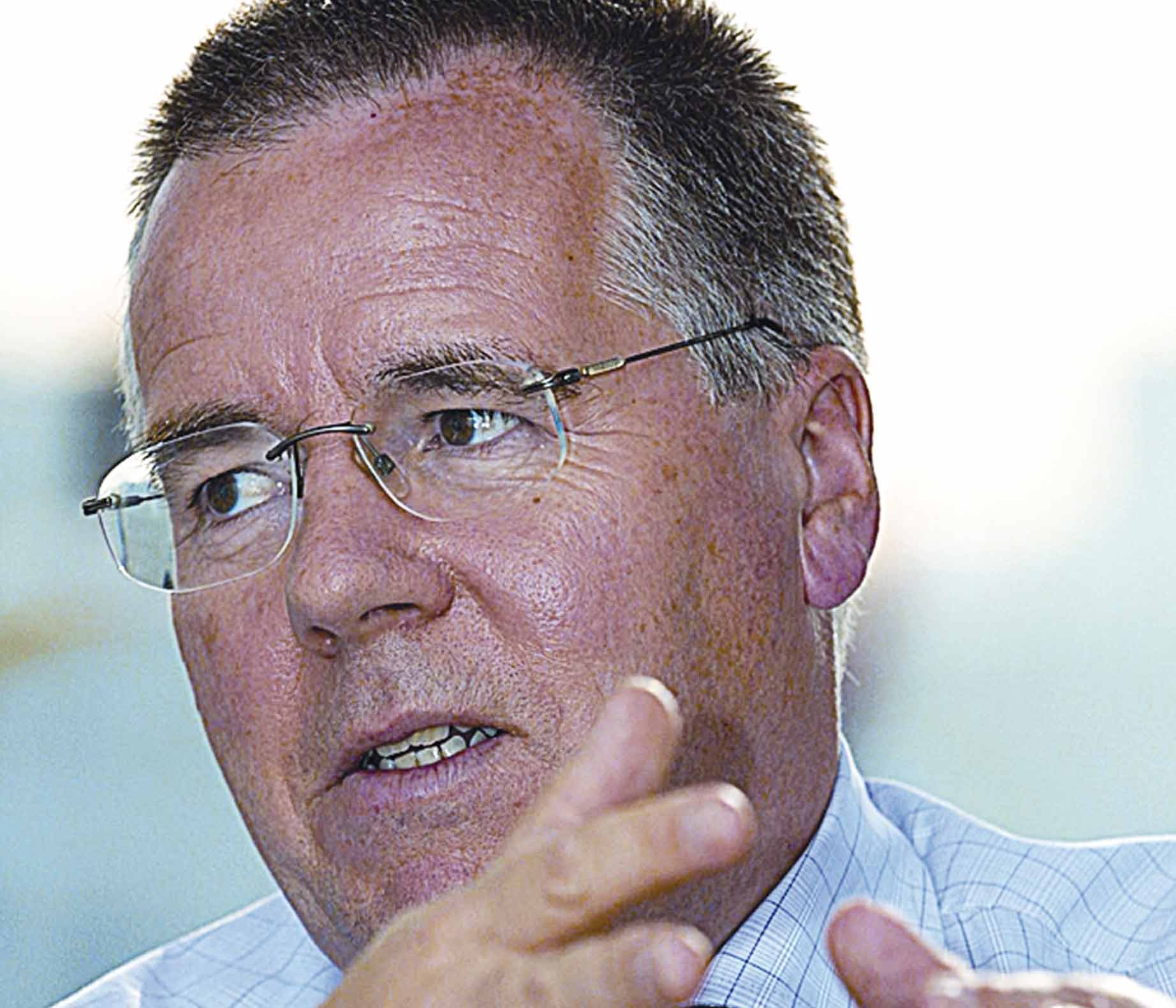On the Spot: John Moret

The man known as the godfather of Sipps, John Moret, recently set up his own consultancy to help advise providers and advisers. After a long career in the Sipps market, we asked “Mr Sipp” to share his thoughts on the way ahead and how Sipps fit within the Financial Planning profession.
